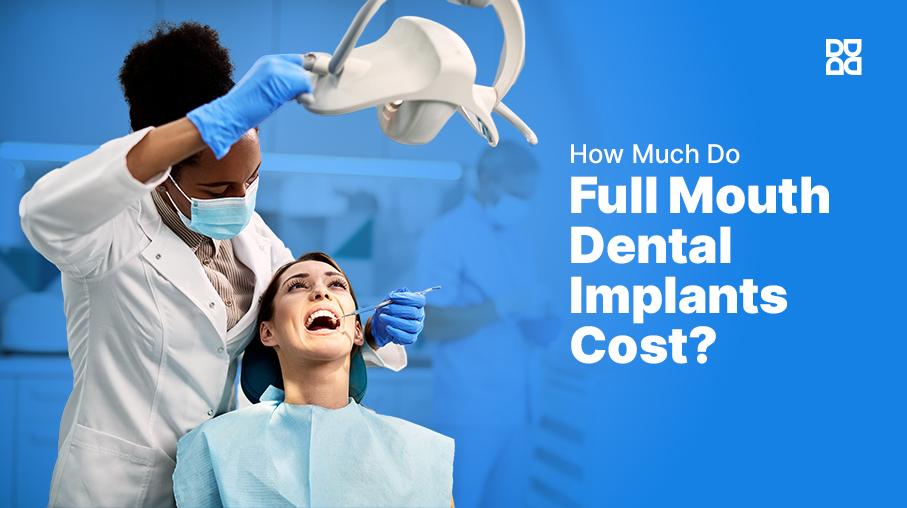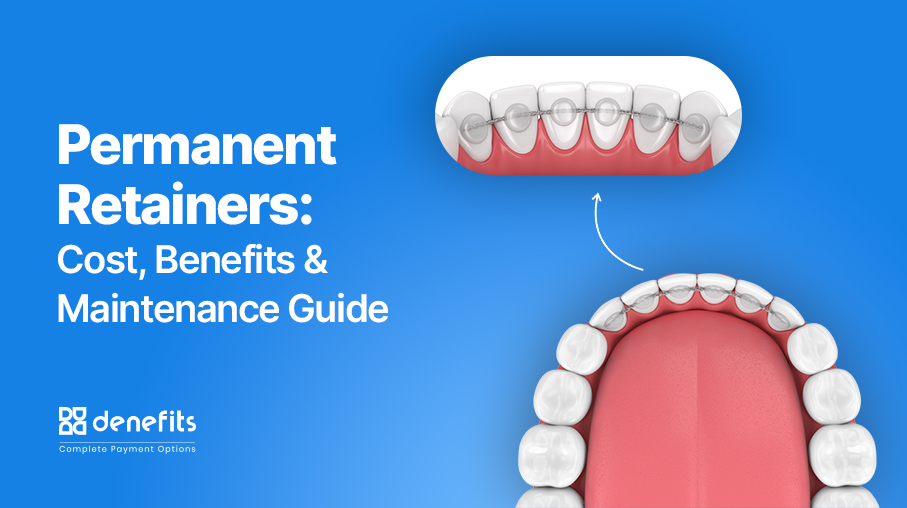
Whether you injured your nose, have breathing issues, or have a birth defect, there are many reasons why one would choose to get a nose job (or in surgical terms, rhinoplasty).
Surgical and non-surgical rhinoplasty can both alter the appearance of the nose, but beyond this initial similarity, the route by which cosmetic surgeons go about performing each procedure differs greatly from one another.
But even in making that decision, there are multiple factors that come into play. Should I get a surgical or non-surgical rhinoplasty? How much is this going to cost me?
What is surgical rhinoplasty?
Plastic surgeons perform surgical rhinoplasty to change the shape of the nose or correct breathing problems. Surgical rhinoplasty can also straighten, smooth, refine, narrow, and reduce the size of the nose as well.
The procedure includes making incisions to reshape the nose bone, nostrils, and cartilage. There are different types of rhinoplasty: open, closed, tip plasty, and septorhinoplasty.
Open rhinoplasty
Cosmetic surgeons perform open rhinoplasty to sculpt the nose into the patient’s desired shape. This procedure allows the surgeon more access to the nasal structures to make more drastic changes. Furthermore, the scars that result from the procedure are not easily noticeable as they are hidden in the natural contours of the nose.
Closed rhinoplasty
This procedure is recommended for patients who simply desire minor adjustments to their nasal structure. Since cosmetic surgeons make incisions inside the nostril, there is no visible scarring after the procedure, fewer operating times, and a faster recovery. This makes it the most common type of surgical rhinoplasty. For more sizable rhinoplasty procedures, however, closed rhinoplasty is not recommended.
Tip plasty
A tip plasty focuses on reshaping the tip of the nose without damaging the other nasal structures. Cosmetic surgeons can perform a tip plasty using an open or closed procedure.
Septorhinoplasty
This type of medical surgery is done to improve the function of breathing through the nose. Most often, patients with a deviated septum opt for septorhinoplasty. Surgeons performing septorhinoplasty will cut into the nose lining (mucosa) to lift it from the bone and cartilage to remove bent parts and place it in a straight position. This surgery not only improves the way that patients breathe but can also adjust the appearance of the nose.
Pros of surgical rhinoplasty
- The results of surgical rhinoplasty are permanent, so you don’t need to worry about returning regularly to repeat the procedure.
- For those who experience trouble breathing, surgical rhinoplasty is the only way to solve the problem, as liquid rhinoplasty would not allow for drastic structural changes to the nose.
Cons of surgical rhinoplasty
- Since the results are permanent, patients would need to wait for their nose to fully heal before getting another surgery to further alter their nose. This can take up to a year.
- This type of surgery is very expensive. While it varies based on location, the average cost of surgical rhinoplasty is a little over $5,000.
What is non-surgical rhinoplasty?
Options exist for altering the appearance and shape of the nose without any cutting involved. Non-surgical (or liquid) rhinoplasty is the injection of dermal fillers on certain parts of the nose to gradually reshape and improve its contours.
Many deem this type of rhinoplasty to be a safe option and a great alternative to its surgical counterpart.
To correct small bumps on the nose (or dorsal humps), unevenness, and drooping nasal tip, non-surgical rhinoplasty is recommended.
Pros of non-surgical rhinoplasty
- Liquid rhinoplasty does not require a long-term hospital stay, but it is an outpatient procedure with a quick recovery time. The procedure is relatively short — oftentimes less than twenty minutes.
- The cost of non-surgical rhinoplasty most oftentimes ranges from $600 to $1,500.
Cons of non-surgical rhinoplasty
- The procedure itself is only temporary, as the fillers metabolize over time. The expected duration is about six months, but often less.
- It bodes a health risk if the filler is injected into or comes close to one of the arteries on the nose. When this takes place, it can cause vascular complications, including the blockage of a blood vessel and possibly leading to blindness or necrosis.
Which rhinoplasty should I choose?
Depending on the extent that which you would like to change the appearance of your nose will determine whether you should proceed with a surgical or non-surgical rhinoplasty.
Surgical rhinoplasty is recommended to alter the size and shape of the nose on a larger scale permanently. Furthermore, to correct breathing issues, surgical rhinoplasty is the only option.
For more minor concerns about nose shape unrelated to size, non-surgical rhinoplasty is recommended. Results using non-surgical rhinoplasty are temporary as the fillers will eventually metabolize.
Paying for surgical and non-surgical rhinoplasty
The cost is also a factor to keep in mind, as a surgical rhinoplasty can cost upwards of $5,000, and although liquid rhinoplasty is cheaper, it would need to be repeated over time due to its temporary nature.
Rhinoplasty is not covered by health insurance if it is done for cosmetic appearance reasons, but many insurance providers will cover the cost or reimburse patients who get the procedure if it solves a breathing issue caused by nasal structure (including deviated septum).
It can be challenging to dish out thousands of dollars on the spot, but cosmetic surgery financing can make it more manageable. plastic surgery loans for poor credit are available as well with complete payment options like Denefits. which can give you the option to pay over time so that you can get the procedures that you need. See if your cosmetic surgeon is using the Denefits no-equipment platform today.


